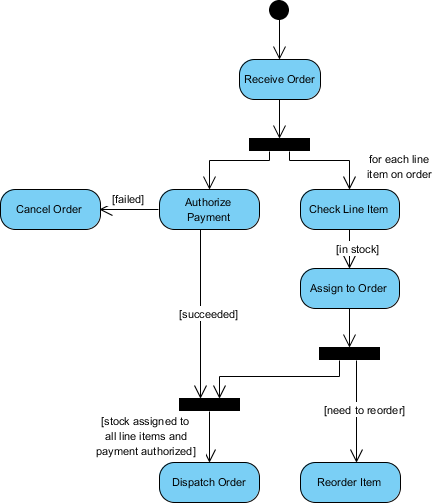Perbedaan State Diagram Dengan Activity Diagram For Airline

Introduction An Enterprise Data Model is an integrated view of the data produced and consumed across an entire organization. It incorporates an appropriate industry perspective. An Enterprise Data Model (EDM) represents a single integrated definition of data, unbiased of any system or application.
Many downloaders realize that this activity is illegal, but they are unclear about how it can be construed as unethical. Diagram cicular flow (empat interaksi.
It is independent of “how” the data is physically sourced, stored, processed or accessed. The model unites, formalizes and represents the things important to an organization, as well as the rules governing them. An EDM is a data architectural framework used for integration. It enables the identification of shareable and/or redundant data across functional and organizational boundaries. Integrated data provides a “single version of the truth” for the benefit of all.
It minimizes data redundancy, disparity, and errors; core to data quality, consistency, and accuracy. As a data architectural framework, an EDM is the “starting point” for all data system designs. The model can be thought of much like an architectural blueprint is to a building; providing a means of visualization, as well as a framework supporting planning, building and implementation of data systems. Vkladish v otkritku s dnem rozhdeniya. Dnevnik kontrolya arterialjnogo davleniya i puljsa. For enterprise data initiatives, such as an Operational Data Store (ODS) or Data Warehouse (DW), an EDM is mandatory, since data integration is the fundamental principle underlying any such effort. An EDM facilitates the integration of data, diminishing the data silos, inherent in legacy systems.
It also plays a vital role in several other enterprise type initiatives: Data Quality Data is an important enterprise asset, so its quality is critical. Disparate redundant data is one of the primary contributing factors to poor data quality. An EDM is essential for data quality because it exposes data discrepancies, inherent in redundant data. Existing data quality issues can be identified by “mapping” data systems to the EDM.
As new data systems are built from an enterprise data model framework, many potential data quality issues will be exposed and resolved, prior to implementation. Data Ownership Ownership of enterprise data is important because of its sharable nature, especially in its maintenance and administration. An EDM is used as a data ownership management tool by identifying and documenting the data’s relationships and dependencies that cross business and organizational boundaries. Thus supports the concept of “shared” ownership, essential in an enterprise data initiative. Data System Extensibility An EDM supports an extensible data architecture. Extensibility is the capability to extend, scale, or stretch, a system’s functionality; effectively meeting the needs of the user’s changing environment.
Extendable systems have the capability to add or extend functionality with little adverse effects. An EDM, based on a strategic business view, independent of technology; supports extensibility; enabling the movement into new areas of opportunity with minimal IT changes. Industry Data Integration No business operates in a vacuum. Because an EDM incorporates an external view, or “industry fit,” it enhances the organization’s ability to share common data within its industry. Organizations within the same industry oftentimes consume some of the same basic data such as: customers, locations, and vendors. Organizations can also share data with related industries or “business partners.” For example, within the airline industry, data is often “shared with car rental companies.